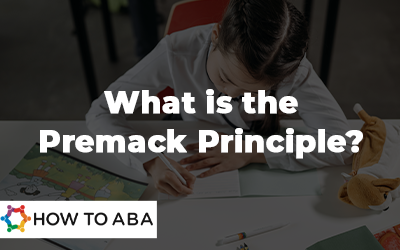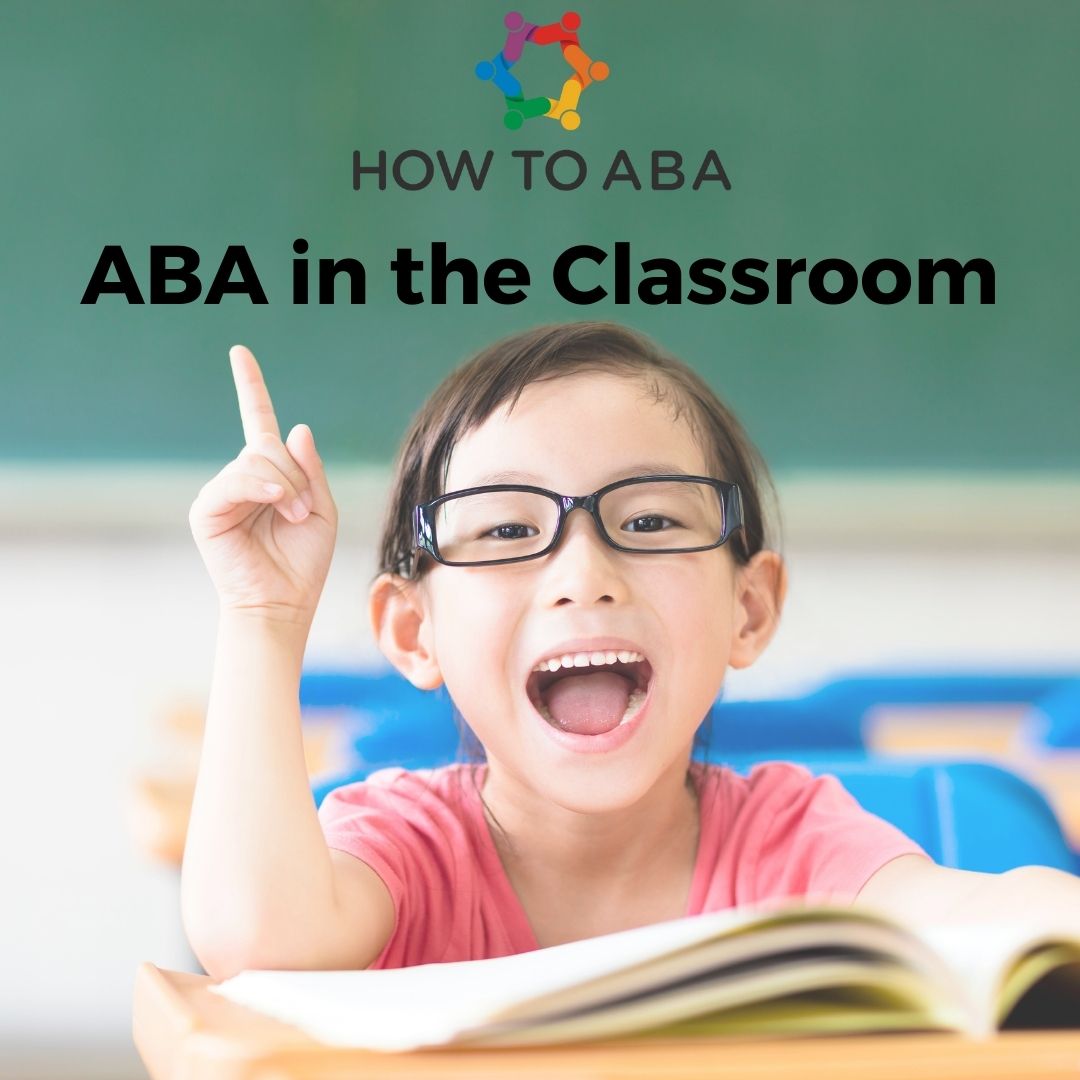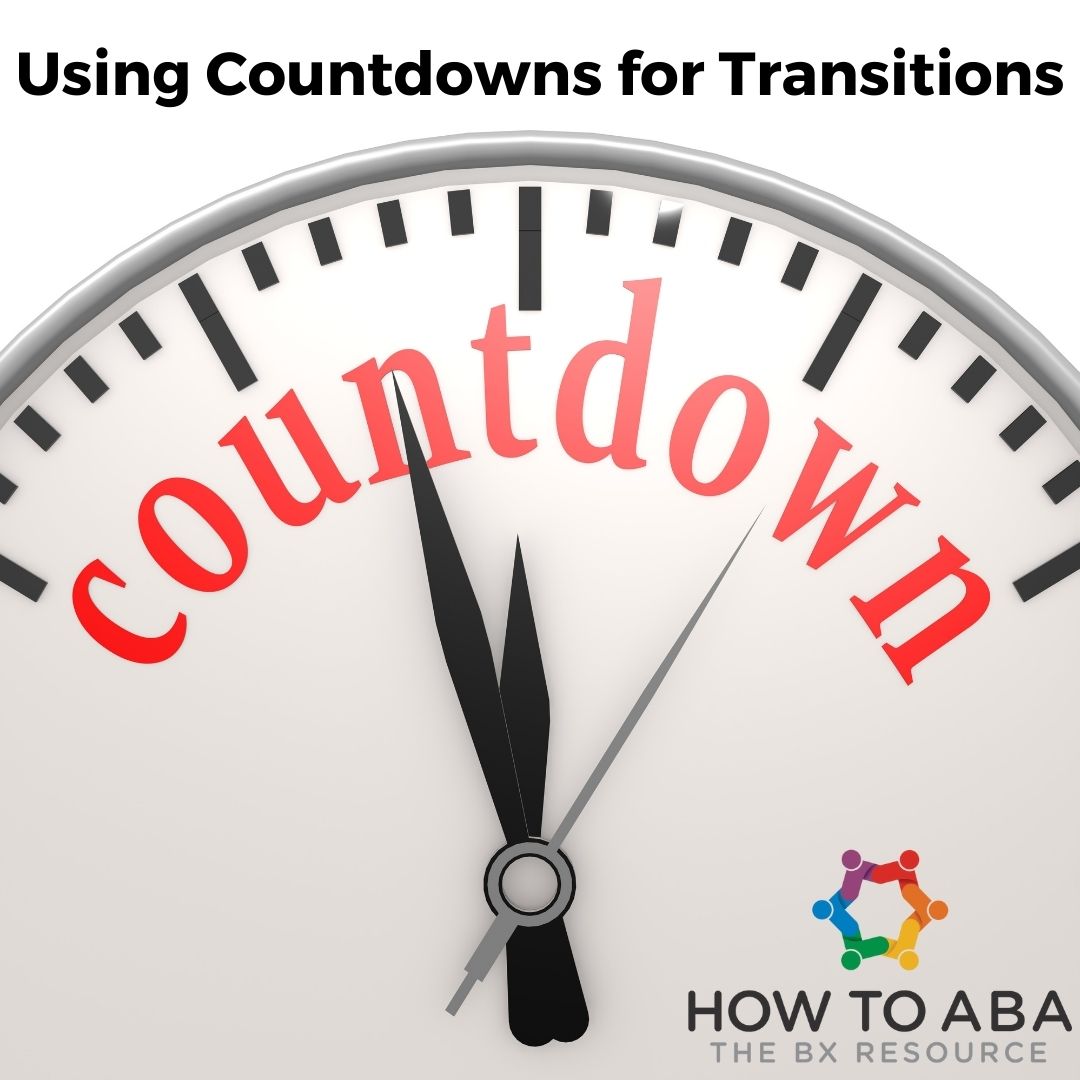Why is the Premack Principle Important?
The Premack Principle is one of the first things that I look for in a student. So we’re going to talk about why it’s so important. For example, if money is reinforcing, we are more likely to do our jobs if we get paid. It’s the same for the kids that we work with. We refer to this as the first/then contingency, which is another term for Premack Principle.










